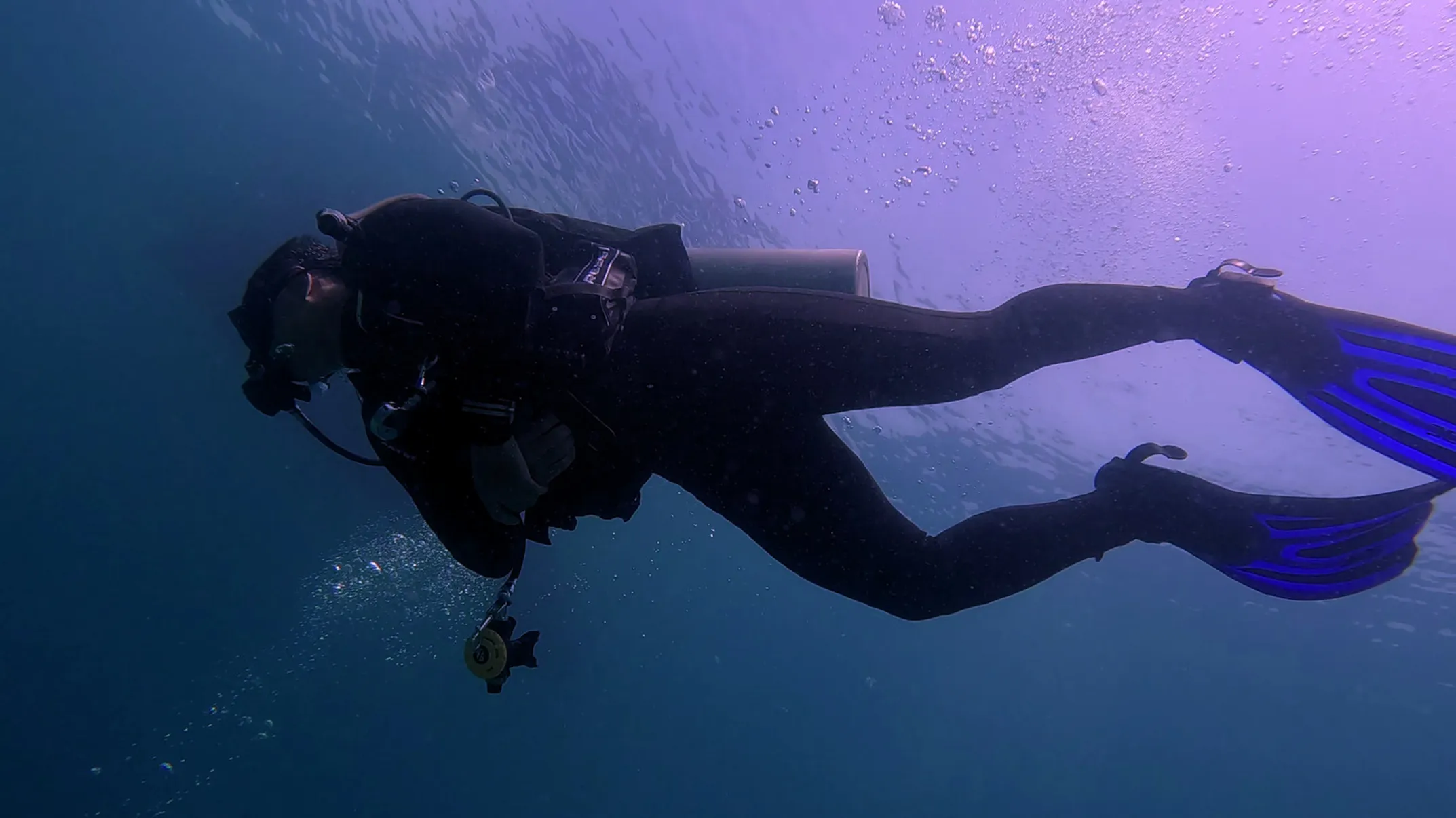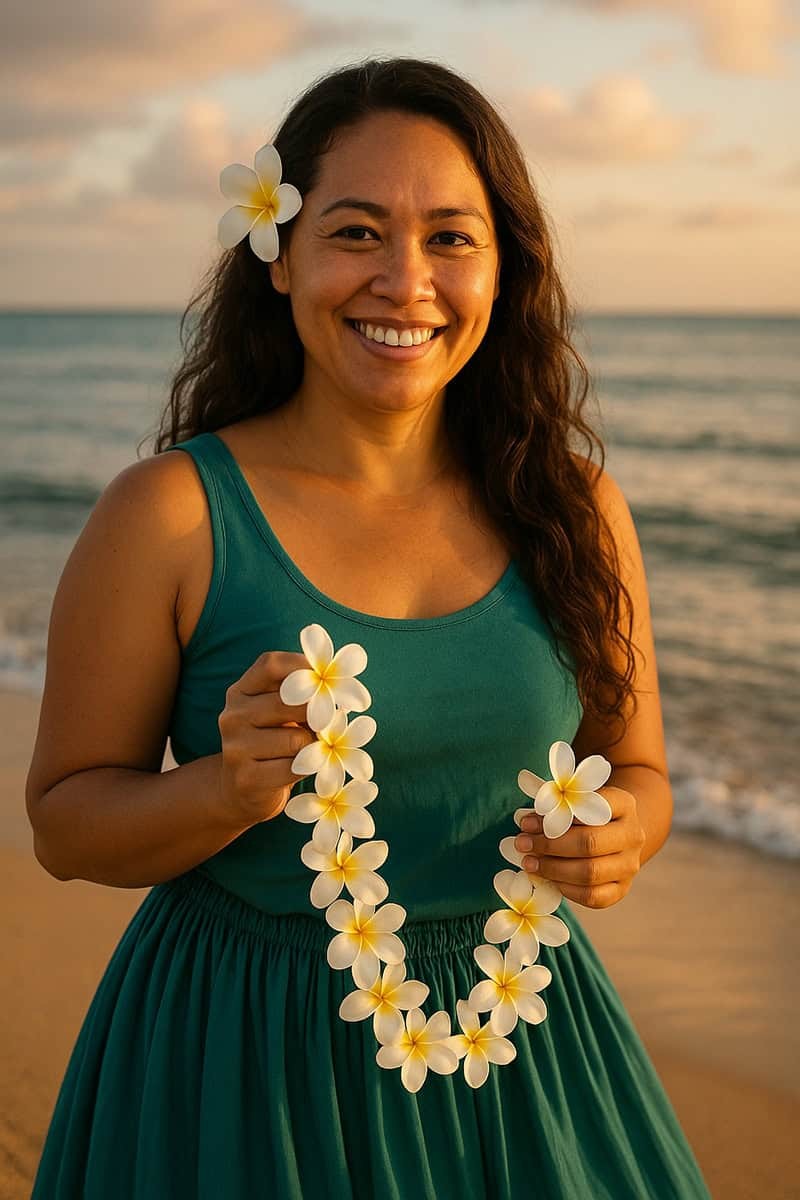

Safety & Respect Guidelines
Mālama ʻĀina - Caring for our ocean and marine life with respect and responsibility

Written by a Marine Conservation Expert
Leilani AkoSnorkeling with Respect: Safety & Mālama ʻĀina
Engaging with our marine environment requires responsibility and respect. Mālama ʻāina – caring for the land and sea – guides every interaction with Hawaii's underwater world.
Ocean safety begins with understanding conditions. Check surf reports, weather forecasts, and local advice before entering any water. Wave patterns can change quickly, and what looks calm from shore might hide dangerous currents.
The buddy system is essential for safe snorkeling. Never snorkel alone, even in familiar locations. Communicate with your partner about comfort levels, planned routes, and emergency procedures. Keep visual contact throughout your swim.
Understanding your physical limits prevents dangerous situations. Don't venture farther than you can comfortably swim back. Factor in fatigue, sun exposure, and potential current changes. Conservative planning keeps everyone safe.
Marine Life Interaction Guidelines
Marine life interaction requires strict guidelines. The National Oceanic and Atmospheric Administration provides clear rules for wildlife encounters. These regulations protect both animals and humans while preserving natural behaviors.
🐢 Sea Turtle Encounters
Maintain at least 10 feet distance in water and on land. Never touch, chase, or attempt to ride turtles. Avoid hovering directly above them, as this prevents surfacing to breathe.
🐬 Dolphin Protection
Federal law requires maintaining 50 yards distance from Hawaiian spinner dolphins. These animals rest during daylight hours and disturbance can affect their health and survival.
Monk seal encounters are rare but require extreme caution. Maintain 50 feet distance, increasing to 150 feet if pups are present. These endangered animals are protected by federal law with serious penalties for harassment.
Coral Reef Protection
Reef protection starts with sunscreen choices. Hawaii law bans sunscreens containing oxybenzone and octinoxate, chemicals that damage coral reefs. Use only mineral-based sunscreens with zinc oxide or titanium dioxide as active ingredients.
Physical sun protection reduces sunscreen needs. Wear UPF-rated clothing like rash guards and swim leggings. Wide-brimmed hats and sunglasses provide additional protection. Seek shade during peak sun hours between 10 a.m. and 2 p.m.
Coral reef interaction requires a no-touch policy. Coral polyps are living animals that die from human contact. Avoid standing on reefs, kicking with fins, or dragging equipment across coral. Maintain neutral buoyancy to prevent accidental contact.
Essential Ocean Safety
Ocean safety begins with understanding local conditions. Check surf reports, weather forecasts, and lifeguard warnings before entering water. Conditions can change rapidly, and preparation prevents dangerous situations.
The buddy system applies to all water activities. Never swim, snorkel, or dive alone. Communicate plans, comfort levels, and emergency procedures with your partner. Maintain visual contact throughout activities.
Leave No Trace principles apply to all outdoor activities. Pack out everything you bring in. Dispose of trash properly to prevent marine debris. Respect wildlife by observing from appropriate distances without feeding or disturbing animals.
⚠️ Safety Reminders
- Buddy System: Always required
- Check Conditions: Before entry
- Emergency: Call 911
- Marine Life: Look, don't touch
📏 Distance Guidelines
- Sea Turtles 10 feet
- Dolphins 50 yards
- Monk Seals 50 feet
- With Pups 150 feet
🔗 Explore Oahu Waters
🌊 Mālama ʻĀina
"To care for and protect" - our responsibility to Hawaii's marine environment.
• Use reef-safe sunscreen
• Respect all marine life
• Leave only bubbles
• Take only memories
My Philosophy: Guardians of the Reef
Every visitor can become a guardian of our reefs. When you snorkel with respect, you help preserve these treasures for future generations. The ocean gives us incredible gifts – we must give back through careful stewardship.
Education First
Understanding marine ecosystems and Hawaiian culture creates deeper appreciation and more respectful interactions with our underwater world.
Protective Practices
Simple actions like using reef-safe sunscreen and maintaining proper distances from wildlife make significant differences for marine conservation.
Cultural Respect
Honoring Hawaiian values and traditional knowledge ensures our marine environments remain healthy for cultural practices and future generations.
"Every visitor can become a guardian of our islands."
Respectful behavior and responsible choices help preserve Hawaii's natural and cultural treasures. The ocean gives us incredible gifts – we must give back through careful stewardship and aloha spirit.

